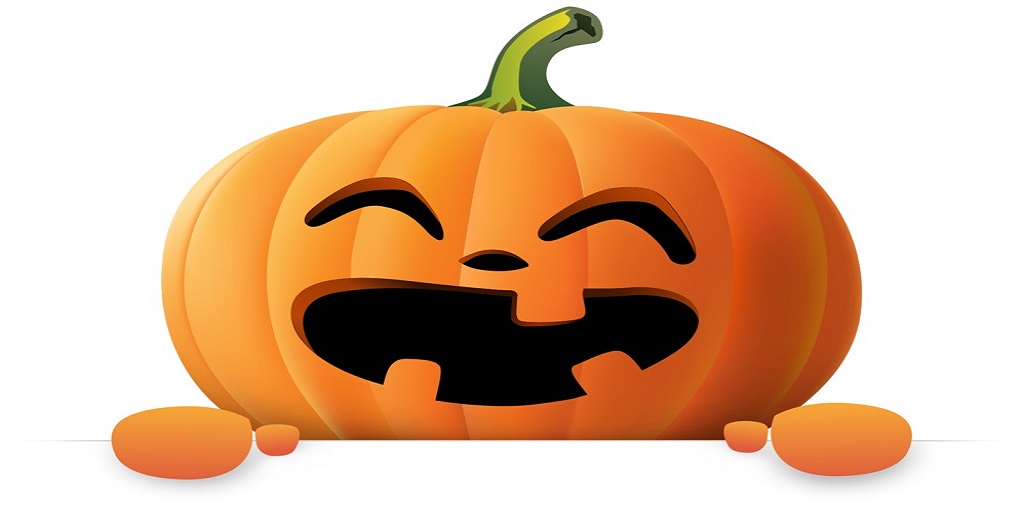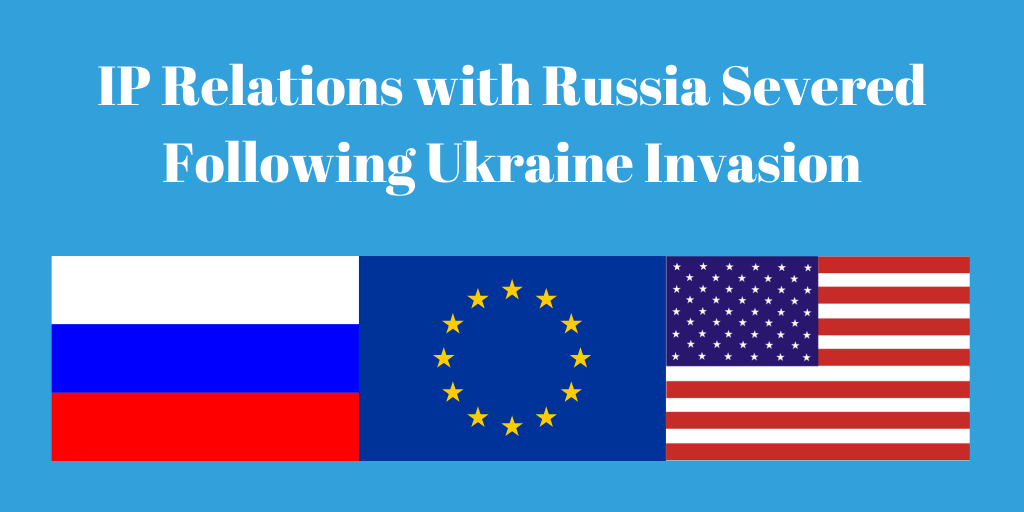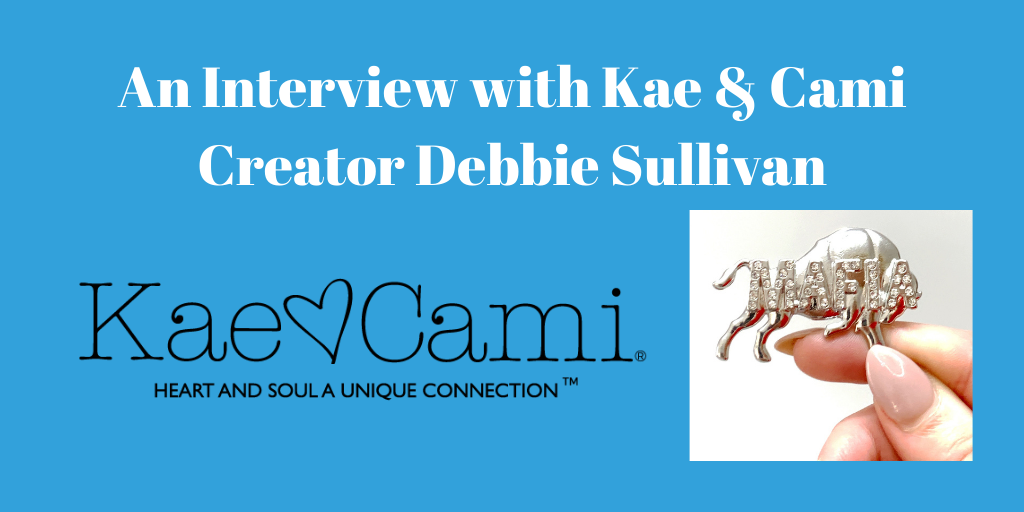The many faces of pumpkin patents!

Halloween originated from an ancient Celtic festival of Samhain, which was celebrated from sunset on October 31st to sunset on November 1st, to honor the deceased relatives and friends. It was believed that the veil between this world and the other world was at its thinnest on this night and thus, it was considered the most magical night of the year.
Jack-o-lanterns were originally carved from turnips, pears or gourds. Burning lumps of coal were usually placed inside these jack-o-lanterns. They were set on porches and in windows, to welcome the spirits of loved ones and guide their way. They were believed to protect people from evil and malevolent spirits. Coal was gradually replaced by lit candles. When Europeans, especially those from Ireland, arrived in America, they came across indigenous pumpkins, which were much larger and easier to carve. Thus, they were substituted for making Jack-o-lanterns. By late 1800s, Halloween and pumpkin carving became popular with Americans too.
Did you ever wonder if people were issued patents for the pumpkin ideas? Well here is a brief list of some of the pumpkin patents that have been granted.
Patent No. 396,252: Jack O’ Lantern (G.A. Beidler) 1889 “…to provide a new article of manufacture or unique appearance which will form an attractive, desirable, and amusing toy for children, and supply a long-known want, and which may be used as a campaign-torch for celebrations, torch-light processions, political meetings, and other like occasions where an effective pyrotechnic display is desirable.”
Patent No. 715,379: Jack-O’-Lantern (Andrew B. Herd) 1902 “The invention relates to the general class of transparencies, and particularily to decorative and grotesque illuminating devices or lanterns commonly called “jack-o’-lanterns;” and the object in view is to provide a simple and inexpensive device of this class which may be constructed of sheet material, such as cardboard or its equivalent, the same having means for giving access to the contained illuminating device and with means for protecting the light from drafts of air when the lantern is in motion, as in torch-light processions and the like.”
Patent No. 699,669: Toy Jack’ O Lantern (John J. DTJ Ket) 1901 “…to provide a pleasing toy of the kind that is adapted to be used as a substitute for the pumpkin jack-o’-lantern commonly used on Halloween and that is light, durable, economical in construction, and readily lighted and conveniently handle; furthermore, in which the light openings are provided with translucent coverings readily applied, in colors as desired, whereby the flame is concealed and a glow-light is produced and the grotesque and fantastic effects are heightened.”
Patent No. 2096507: Forming Configurations on Natural Growth (Charles H. Draper) 1937 “By my novel method, the general shape or contour of a pumpkin or the like can be formed at the same time as the facial configuration, so that the pumpkin or other growth can be formed into the general contour of the head of a human or animal.”
Patent No. 3822170: Molded Decorative Accessories for Jack-O’-Lanterns (James J. Smolen) 1974 “…pertains to accessories for jack-o’-lantern type decorative devices formed from a pumpkin or the like wherein a variety of decorative facial features, such as eyes, nose, mouth and ears are formed of a soft, flexible molded plastics material or compound and are provided with apertures formed therein for passage of means for mounting such accessories to a pumpkin in order to form a decorative jack-o’-lantern.”




